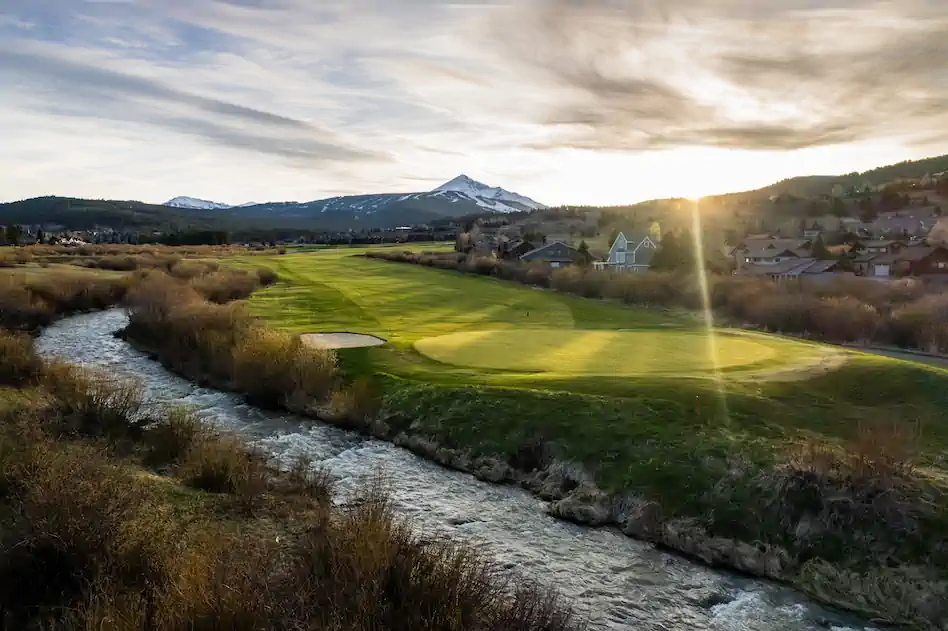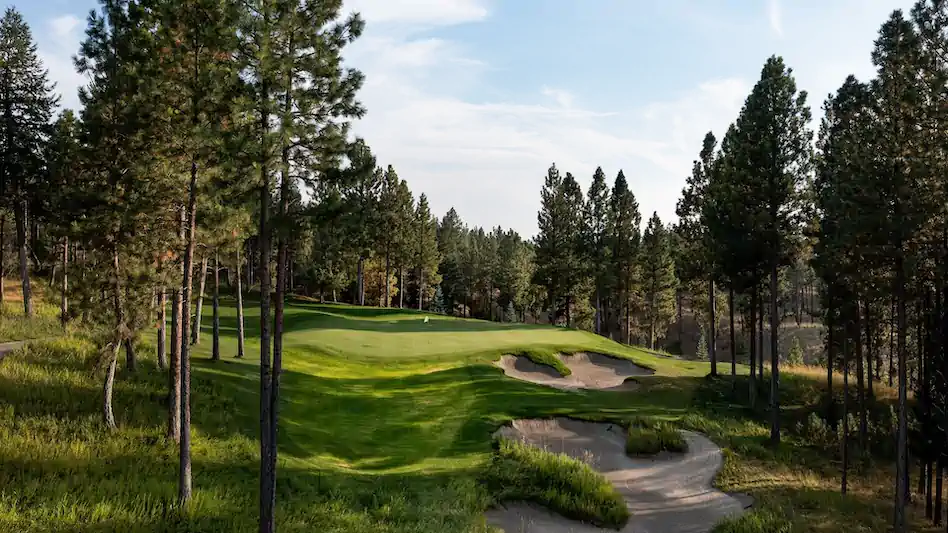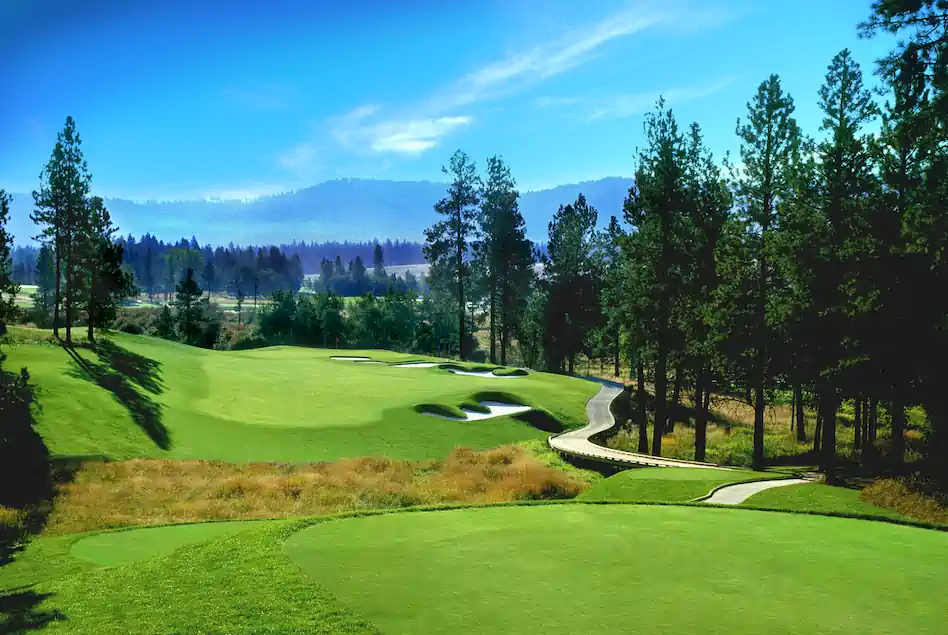The Rebirth of the Par 3 Golf Course
Golfers everywhere are rediscovering the joys of Par 3 golf courses, and it’s easy to see why.
Many golfers, including those new to the game, want to enjoy the playing experience but also want faster, more affordable alternatives. With their shorter holes and more accessible layouts, these pint-sized links offer a fun and challenging experience that’s perfect for players of all skill levels.
According to Beau Welling, of Beau Welling Design, the architect of the Little Sandy, par-3 on Amelia Island in Florida, “When you look at society in general, we have so many options of how to use our time and our lives. I grew up at a time when there were only three channels on TV. Now we don’t even watch TV on TV. We don’t read a newspaper on paper. What we’re seeing is a desire of the golfer to have options in how they orient to golf.”
While par-3 golf courses have a decidedly downscale image, they don’t have to be ugly or unchallenging. Augusta National Golf Club’s par-3 course resembles some of the greens and approach shots of the famous Masters course. In recent years, the par-3 course is a highlight of Masters preview television coverage the Wednesday before the Masters.
Par 3’s have become so popular, in fact, that many golf destinations such as the Robert Trent Jones Golf Trail, Bandon Dunes, Cabot Links, Pinehurst, Forest Dunes, Big Cedar Lodge, and Sand Valley have all added world-class par-3 courses.
It’s a search for a faster loop, fun with friends and family, bigger laughs, and bolder contours. And you won’t find a single 500-yard par 4 on this tour.
You should not confuse short with meek. This new type of par-3 golf course often features extreme contours, false fronts, deep hazards, and crazy rollouts, which surround creative greens that would never work on a full-size course. In other words, course designers can get extremely creative on an 80-yard hole in ways that wouldn’t be playable for the amateur golfer on a 400-yard layout.
Greens with tiers of different sizes, elongated or horseshoe shapes, and funnels to move the ball closer to the hole are all perfectly acceptable – despite not being allowed on a regulation course. Many par-3 designs even feature dramatic slopes that bounce balls toward the flagsticks. Utilizing the contours allows players to watch as their shots roll ever closer to the hole and a potential hole-in-one.
One of the best examples of this type of green layout is The Punchbowl, the 3rd hole at The Cradle in Pinehurst, NC. The center hole location of this saucer-shaped green has seen more than 300 aces.

The Cradle’s 3rd Hole, “The Punchbowl”
“Certainly, you have a great opportunity on these short courses to build in some cool rolls and dips where you could bump it along the ground or even putt it,” said Rod Whitman, who designed the Nest at Cabot in Nova Scotia. “And that’s always fun. People get a great charge out of that.”
“Historically, short courses were often afterthoughts, squeezed into useless corners for non-golfers to go try their hand,” golf architect David McLay Kidd told Forbes in 2020 when QuickSands opened in Brewster, Washington. “Today, short courses have become a serious addition to world-class golf resorts. The best land is sought, the best talent is brought to bear, expectations are high, and we don’t plan to disappoint.”
Bottom Line: Par-3 Golf Courses are making golf easier to access and less intimidating. These two factors have contributed to the resurgence of golf and the development of Par-3 courses.
Photos Courtesy Bandon Dunes Golf & Pinehurst Resort















